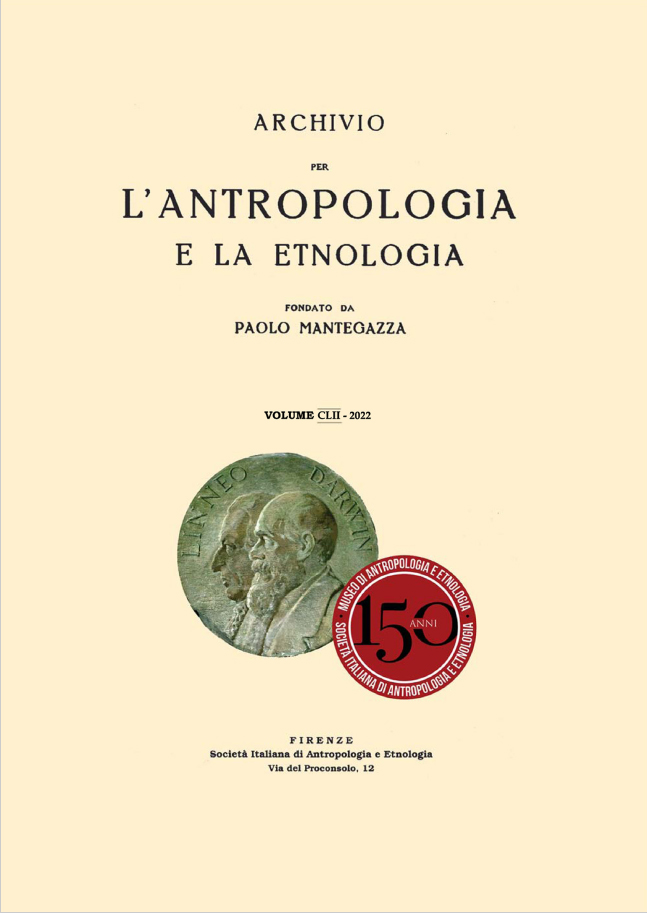
Published 2022-11-01
Keywords
- forensic anthropology,
- biological profiling,
- forensic medicine,
- human bone curation,
- restoration
- anatomy,
- skeletal collection ...More
How to Cite
Copyright (c) 2022 Satu Valoriani, Piero Mannucci, Matteo Borrini

This work is licensed under a Creative Commons Attribution 4.0 International License.
Abstract
Human remains are frequently recovered fragmented from forensic contexts. Taphonomic factors and peri-mortem trauma can damage human remains recovered from clandestine graves. Therefore, an incomplete or broken skull can represent a challenge
to identifying an individual, osteometric analysis, and trauma interpretation. A reconstructive approach is proposed to aid forensic experts in achieving all the information from human remains. This study proposes an innovative method that involves the use of reversible glue to connect the fragments. Non-permanent wax is used to reconstruct the missing parts and stabilize the skull. The reconstruction procedure is divided into three phases: cleaning, reassembling and remodelling. The reassembling is carried out with non-permanent reversible glue. Consequently, if the reconstructed remains do not have enough solidity to undergo a forensic examination, some of the missing anatomical parts can be replaced with reversible wax modelled on the missing bone’s shape. The method allows a more comprehensive examination of the whole skull structure for biological profiling of unknown individuals and a better analysis of trauma and injuries. Moreover, Computed Tomography (CT) and radiographic analysis can be better performed on a
reconstructed skull; the data obtained can also be a more appropriate background for unidentified persons’ facial approximations.
